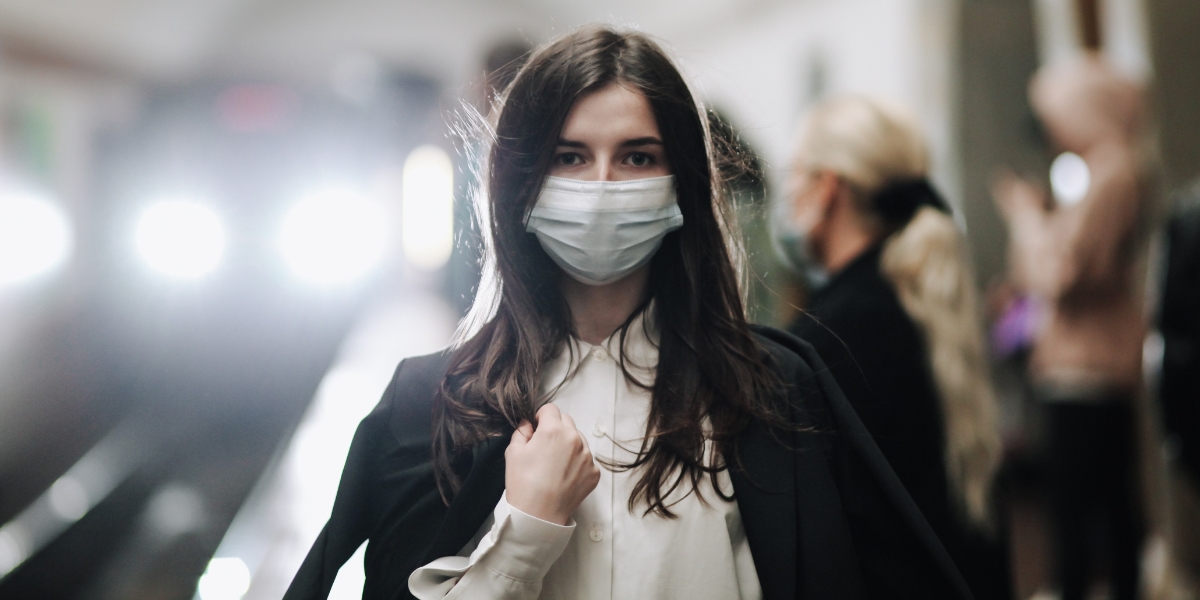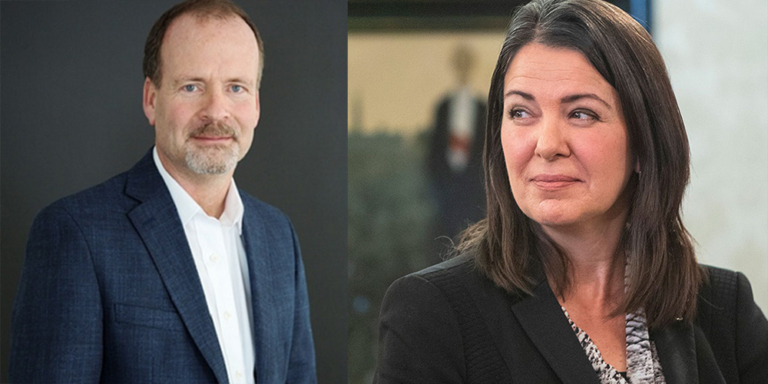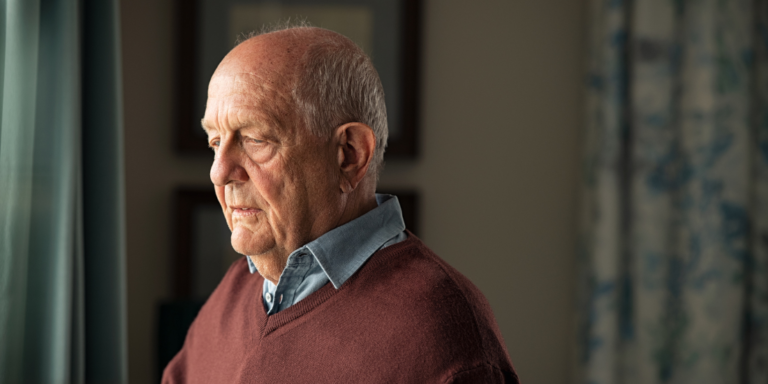Starting Monday, hospitals, treatment centers, and long-term care facilities in Alberta will no longer be required to wear masks, according to Alberta Health Services (AHS).
AHS announced on Thursday, specifying that staff, patients, and visitors in all its hospitals and contracted sites are no longer required to wear masks.
The dropping of the continuous mask mandate comes after the AHS made mask-wearing optional for healthcare workers in areas not accessible to patients in April.
Heather Smith, the president of the United Nurses of Alberta, mentioned that nurses expected the continuous masking restrictions to be lifted sometime after the provincial election.


“It’s hopefully a safe time to do it…I guess we will find out over time whether or not this was the right moment,” Smith told CBC News.
AHS stated that lifting the masking requirement was influenced by factors such as declining COVID-19 hospitalizations, decreasing hospital admission rates for respiratory illness, wastewater data, and testing positivity rate.
In case you were wondering, monitoring wastewater provides a close to real-time way to track the spread of viruses such as COVID-19.
While wearing masks will no longer be mandatory, healthcare workers, patients, and visitors will still have the option to wear them if they choose.
Additionally, healthcare workers are still expected to wear a mask if a patient requests it. But Smith understands that some healthcare workers may be experiencing “mask fatigue.”
After three years of pandemic restrictions, who wouldn’t?
She added that some healthcare workers are relieved by the change, especially if their intake assessment indicates low risk for themselves and their patients.
Mixed Feelings & New Challenges
Other provinces like British Columbia, Manitoba, and Saskatchewan have also lifted certain masking requirements in healthcare facilities. In Quebec and Ontario, individual hospitals are responsible for setting their own masking rules.
But it may be too early to breathe a sigh of relief. Although masking directives have been lifted across Canada, COVID-19 is still spreading.
Some healthcare officials have mentioned the possibility of reintroducing mask mandates if the situation worsens in the fall or winter.
Natalie Kwadrans, battling terminal breast cancer, expressed nervousness about lifting masking requirements in medical settings.
She believes it may put immunocompromised individuals like herself at risk. Despite her concerns, Kwadrans plans to attend her treatment appointment on Monday but cautiously approaches it.
“The flip side is I stay home and do nothing and let my cancer kill me…So…you know, what do I do?” expressed Kwadrans.
The new Health Minister, Adriana LaGrange, supported AHS’s decision, stating that Albertans are ready to move forward.
She mentioned that the AHS decision was based on data and consultations with healthcare professionals, front-line managers, patients, and advisory councils.
Dr. Stephanie Smith, an infectious disease physician at the University of Alberta Hospital, echoes this sentiment and believes that now is the right time to lift mask mandates.
She mentioned the availability of vaccines and medications to treat and protect against COVID-19 and low transmission rates.
Still, Dr. Smith expressed concern for vulnerable patients and stressed the need to develop policies to protect them.
“How can we develop policies where we know which patients we should be continuing to mask with? How do we identify those patients? How do we make sure that we protect those patients?” asked Dr. Smith.
The hospital setting faces the challenge of balancing lifting mask mandates and ensuring the safety of high-risk patients.
Dr. Smith emphasized the importance of identifying and protecting vulnerable people, as healthcare workers can transmit the virus even when asymptomatic.
She called for developing a formal plan to provide the best possible protection for this population.






